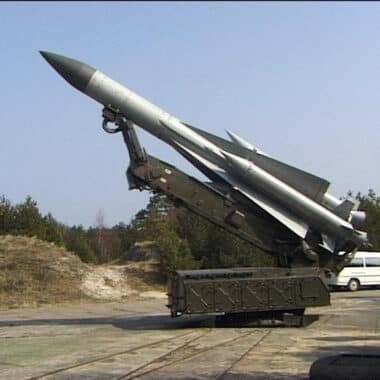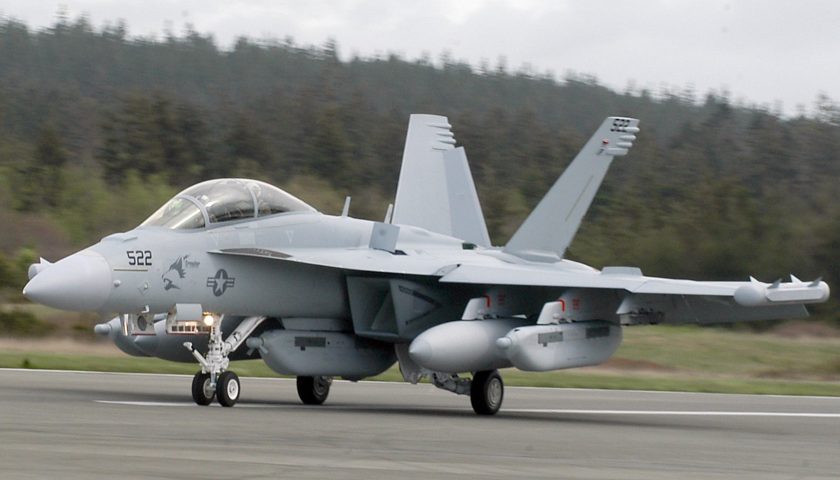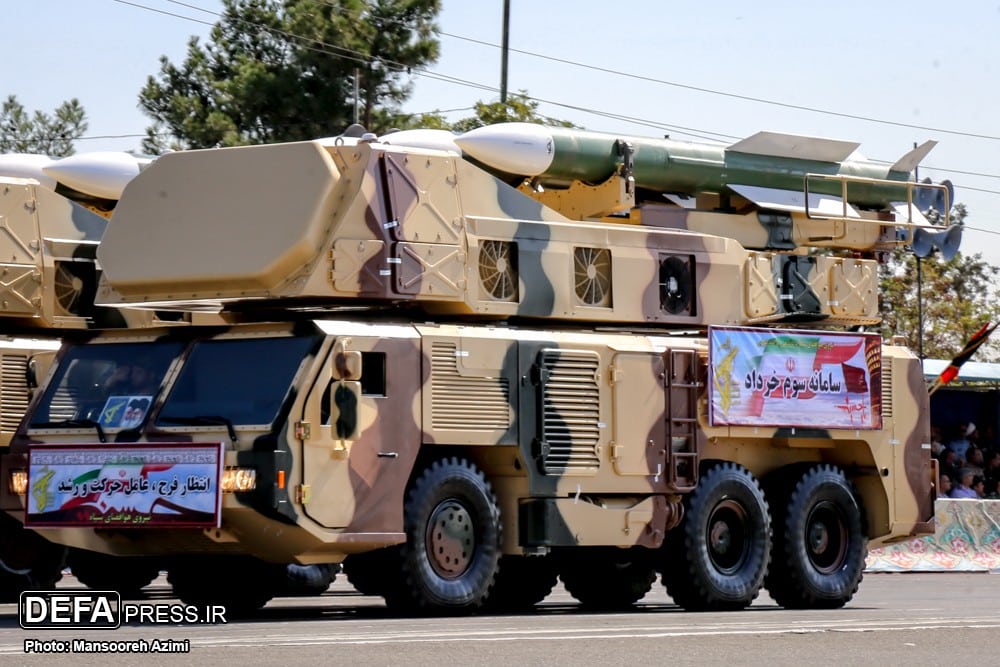While, according to the New York Times, President Trump ordered, then canceled, last night, strikes against Iranian radar installations and surface-to-air missile batteries, it is interesting to question the capabilities of the Islamic Republic in terms of Ground-Air defense.
Since the Ayatollah regime came to power, the Islamic Republic of Iran has been isolated from the global arms market, both by the West and the Soviets, all of whom supported Iraq in the war against Iraq. Iran between 1980 and 1988.
After the Soviet collapse, the country, which had supported several terrorist movements and Palestinian Hamas, continued to be embargoed, and therefore had to find autonomous defense solutions.
For nearly two decades, these solutions boiled down to the retrofit of equipment remaining from the Sha regime, from the Iran-Iraq war, as well as some Iraqi equipment that came under the protection of Tehran during the second Gulf War. At the same time, the regime began negotiations with China, North Korea, and Russia, with a view to modernizing its forces, particularly its anti-aircraft forces.

Indeed, while tensions with Saudi Arabia and Israel were growing, the need for numerous and efficient anti-aircraft defenses became apparent to the Iranian regime, which undertook to develop several programs, so as to be able to offer a range of systems against a possible attack by the air forces of these countries, supported or not by the United States. This results today in a very large number of systems in service, of very heterogeneous origin and performance, but which, once integrated, can represent a high degree of resilience in the face of an air attack, even if carried out by the UNITED STATES.
Indeed, Iran today has more than 2200 surface-to-air missile batteries, of 15 different types, distributed throughout its territory, reinforced by nearly 5000 anti-aircraft guns of different calibers. We first identify, in these systems, those acquired from foreign nations:
- 4 batteries of S300P and 4 of S300PMU2 delivered by Russia between 2011 and today, which are probably the most efficient systems in long-range service today
- 29 short-range TOR-M1 batteries, delivered by Russia between 2013 and 2015
- 400 S200 launchers modernized with the local Ghareh missile
- 50 modernized medium-range SA6 launchers
- 30 British Short Range Rapier Systems
- 200 modernized Hawk launchers inherited from the Sha armies
Added to this are the systems acquired or co-developed with China and North Korea
- 400 Sayaad launchers copy of the Chinese HQ2, itself a copy of the Soviet SA2
- 200 Ya-Zahra-3 systems, copy of the Chinese HQ-7, itself an unauthorized copy of the French crotale system
- 300 Mersad launchers, improved version of the MIM-23 Hawk

Finally, the Islamic Republic of Iran has developed several autonomous anti-aircraft defense programs, mainly based on the reverse engineering of systems already in service.
- 400 medium-range systems of the Raad 1 and 2 type, and Khordad-3, presenting many similarities with the SM1MR missiles. RQ4 Global Hawk drone shot down June 19 would have been by a Khordad-3 system
- 200 Herz-9 systems, which seems inspired by Rapier technologies
- 200 Sayad 2/3 systems, also close to the SM1MR, for a range of 120 to 150 km.
- At least a dozen Bavar 373 long range batteries, Iranian response to Russia's refusal to deliver new S300s after 2015.
From a detection point of view, Iran has a dense network of radars of different types and different functionalities, including low frequency radars (BSR-1 in VHF), passive radars (Alim), and a radar OTH (Over the Horizon) Sepher, as well as many different technologies and frequencies.

As we can see, the technologies used by Iranian anti-aircraft defenses are relatively classic and dated, and are therefore within the reach of Western jamming and counter-detection systems. But it's not so much their technology as their numbers that could pose a problem. A device like the US Navy's EA-18G Growler can only jam a certain number of radars simultaneously, and the multiplicity of Iranian systems could, therefore, pose a threat of saturation of these jamming capabilities. The F35 is obviously designed for this type of environment, but here again, the multiplicity of systems, acting in multiple layers, could pose a proven threat to the devices. However, the loss of F35 above Iranian soil could have serious consequences, such as technological acquisition by other countries, as well as the aura of invulnerability with which Lockheed, the Pentagon and NATO coat the device .
Finally, we must not forget the effects of complementary anti-aircraft systems, such as artillery batteries, and Iranian fighter aircraft. The country has a large number of anti-aircraft guns of different calibers, ranging from the classic Russian 23 mm for Close Defense, to 100 mm Sa'ir cannons, reaching a range of more than 20 km and an altitude of 16 000 m. As for its air force, it still has around twenty F14 Tomcats, and Mig 29s, around fifty F4 Phantoms and as many F5, F7 and Mirage F1 light fighters, aircraft which could represent a threat to aircraft engaged above Iranian soil, especially at short range.
Iran is therefore not an “easy adversary”, and it has a significant capacity for resilience in the face of an air attack. Besides the political and geopolitical consequences of an intervention air attacks against the country, already mentioned, this parameter must be carefully evaluated, before engaging in operational adventurism, even limited.

